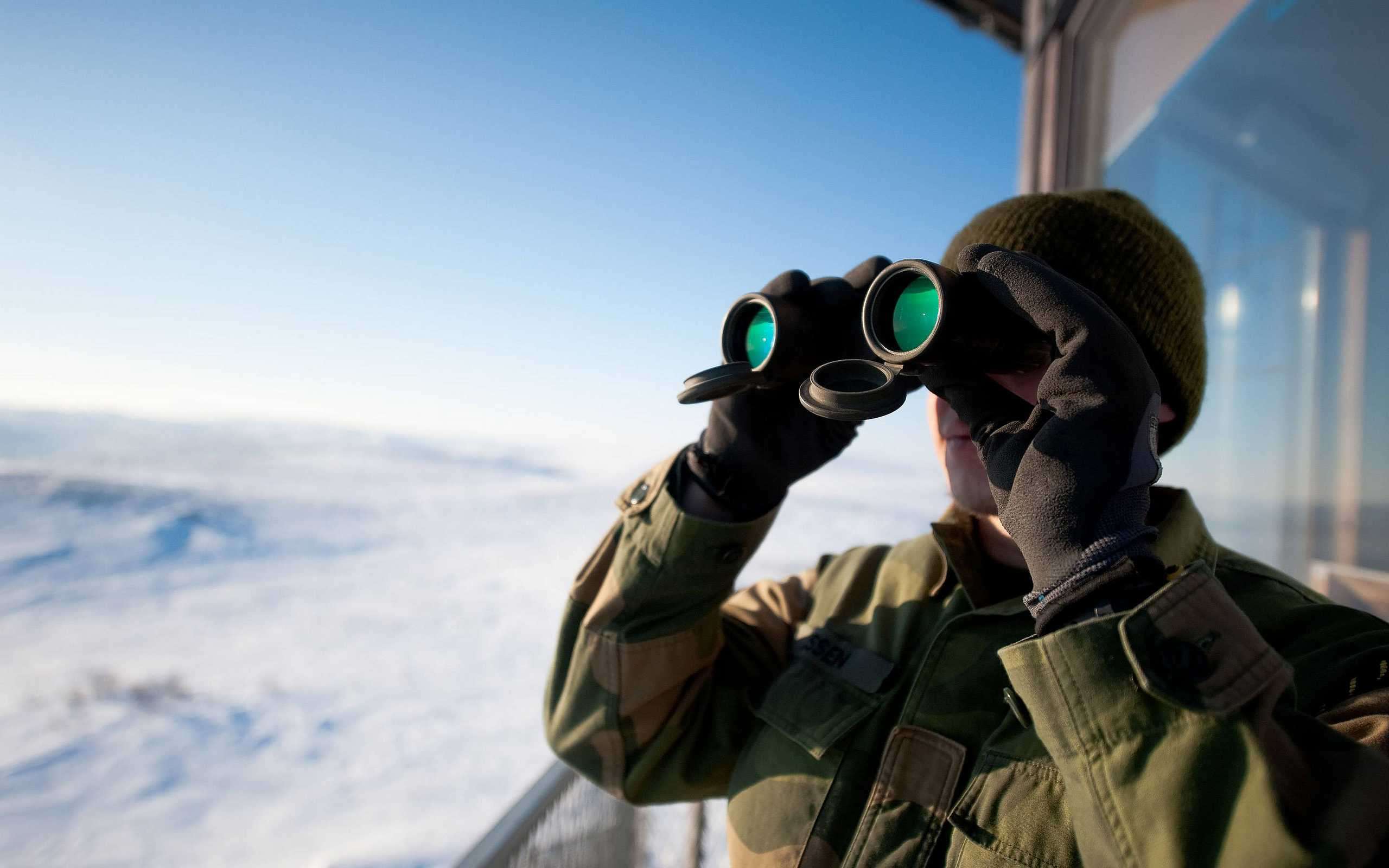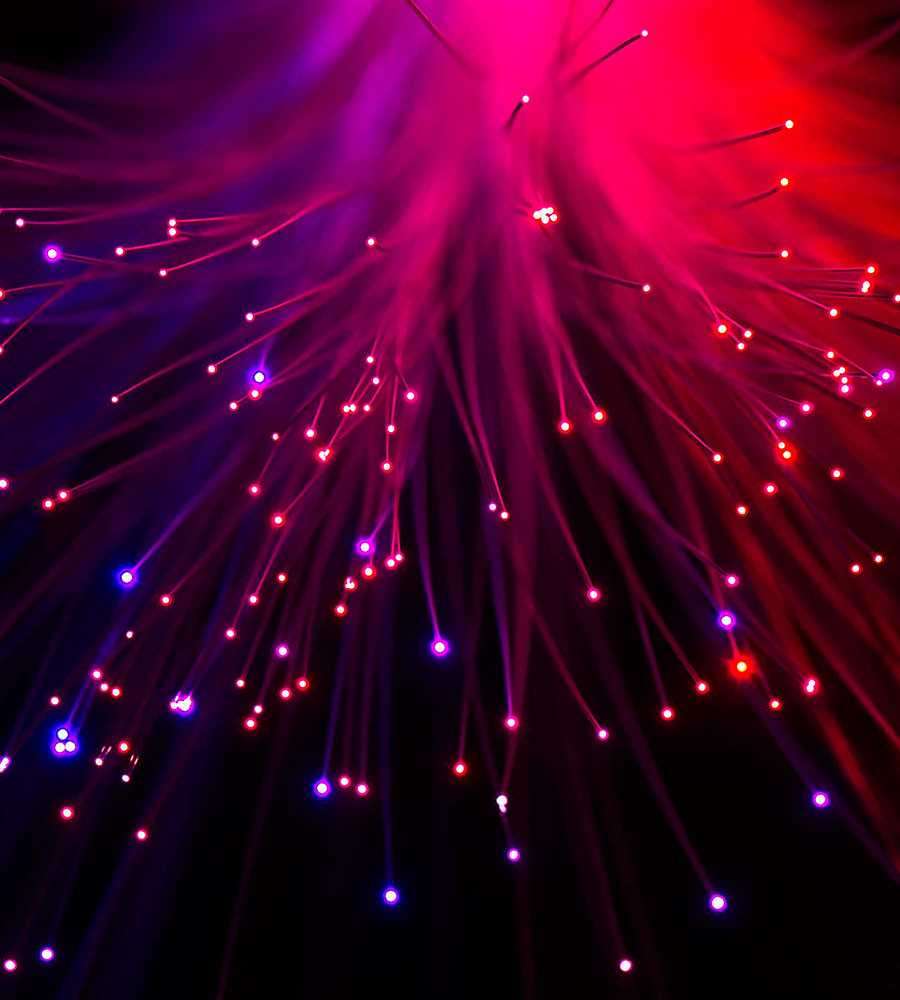SMART MONITORING SENSORS
EQZ provides distributed fiber optic monitoring solutions with high levels of sensitivity and accuracy on existing or newly installed optical fibers.

HOW IT WORKS
Our approach based on the use of the high vibrosensitivity of the infrared energy stream injected into ordinary optical fiber (buried in the ground near the monitoring object) by means of semiconductor laser of low power.

OIL AND GAS INDUSTRY
We develop and implement the complex monitoring solutions for oil and gas companies.

BORDER CONTROL
EQZ RELSEN product provides an invisible fence solution for the border control and monitoring.

CRITICAL SITE SECURITY
RELSEN guarantees the spatial resolution no less than 5 meters in process of the targeted activity detection RELSEN can operatively transfer the targeted activities coordinates to the emergency center

TRANSPORTATION
RELSEN delivers decision-ready data directly into its customers hands, enabling real-time information to monitor and protect rail infrastructure.
About Us
Distributed fiberoptic monitoring systems

EQZ was Incorporated in 2016 and comprised of seasoned professionals with extensive experience in sensoring technology and operational security, systems engineering, product management, project management and customer service, currently 12 employees.
Following a strong demand for a new type of cost-effective and commercially feasible monitoring solutions for extended objects providing a holistic approach to the perimeter security. EQZ developed RELSEN product based on a distributed audio-seismic sensoring (DAS) approach.
Our products and services provides solutions for gas and oil industries, border security, critical infrastructure security, transportation.
EQZ is committed to maintaining its technology leadership position in the industry. This is achieved by substantial investment in Research and Development activities which enable solutions adaptation to new communication technologies, applications, standards and regulations
Technology
Short explaination of technology process

RELSEN
Unique features of RELSEN:
- Detection of "very quiet" events due to the high system sensitivity.
- Revelation of events in so-called dark zones of the sensor due to a phenomenal attenuation compensation solution.
- Accurate geolocation of events with accuracy down to 17 cm.
- Exact event classification.

Infrared energy stream
This optical fiber will be called a fiber optic sensor (FOS). Typically FOS length is 40-50 km. In the systems of this class, all relevant information is transferred to Processing Center (PC) by the optical fiber, which is not only a sensor (FOS) but at the same time an effective and reliable channel for ordinary data transmission.

Speckle images
A sequence of speckles is received in the point of emanation using an ordinary welded coupler or a circulator. The central moment of the concept is the phenomenon that any seismic vibration arising on the surface of the optical fiber due to propagation of seismoacoustic waves from the sources of elastic oscillations, changes its local refractive index. Changes of the local refractive index are reflected in the time-and-frequency structure (TFS) of the respective speckle.

Data Analysis
Classification examples:
- Railway installation: 98% recognition of the train type (freight, passenger, electric train, locomotive, etc.) within 5 seconds period.
- Perimeter monitoring system: Classifies groups by number of pedestrians with 99% probability; The difference between walking and crawling persons with a 100% probability.